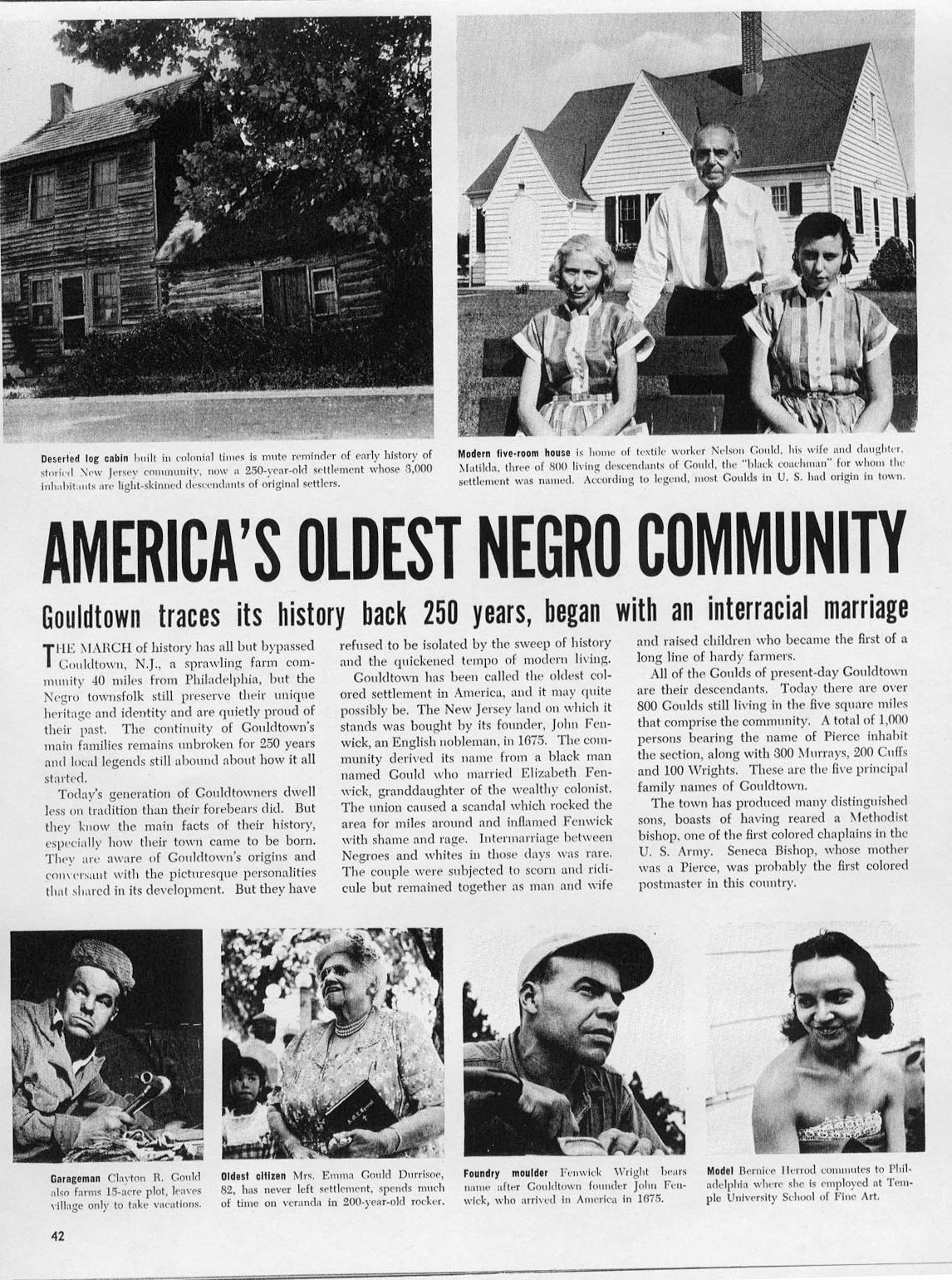In Pursuit of Freedom: Slave Law and Emancipation in Louisville and Jefferson County, Kentucky
The Filson Club History Quarterly
July 2002
pages 287-325
J. Blaine Hudson (1950-2013), Professor of Pan-African Studies
University of Louisville
The lives of both free and enslaved African-Americans were constrained to varying degrees by the powerful and paradoxical role of race in antebellum American society. According to Michael Omi and Howard Winant, this role was a consequence of the institutionalization of the United States as a “racial state,” a nation in which racial classification was a more important determinant of status than either socio-economic class or gender.’ In practical terms, this meant that “blackness” was considered prima facie evidence of slave status, that only persons of African descent were subject to the “social death” of slavery, and that, even if free, they were still black, and the visible marker of their Africanness consigned them to a place marginal to the American mainstream) In this context, the journey from the “social death” of slavery to the full enjoyment of freedom—such as African-Americans or their ancestors last experienced in their home African societies—was long, arduous, and, even now, remains unfinished. However, a careful reading of historical literature that reflects the perspective of African-Americans themselves indicates that there were several crucial milestones on this journey toward which the aspirations and efforts of African-Americans were directed: first, to maximize the freedom and human dignity possible within the confines of slavery; second, to become free—whether through legal or illegal means; and third, ultimately to achieve full equality and empowerment as free people in this country or, failing that, elsewhere.
As Frederick Douglass observed, for enslaved African-Americans trapped in the most horrendous and degrading circumstances, simply finding a “good master” or a less demanding work regimen or both was often viewed as a dramatic improvement in status. Unfortunately, for most, this first milestone was never reached; for the fortunate few, even this limited improvement was achieved at great cost over long years and was the best they could hope for in one lifetime. However, while escaping the most egregious evils of slavery was clearly desirable, slavery was still slavery, and freedom remained the ultimate goal. That the achievement of freedom was not an end in itself but only the beginning of another struggle for equality and empowerment did not lessen its attractions. Freedom was still preferable, by far, to bondage. It was for this reason that efforts by whites to ameliorate the conditions of slavery invariably failed to reduce the likelihood of escape or revolt—and often made these responses more likely.
In this broad context, there were several paths to the milestone of freedom in the antebellum period and each of these paths warrants careful analysis. As a general rule, African-Americans would choose the path of least resistance and minimum risk whenever possible. Such paths, of course, were few and—because they were legal and depended on the good faith, if not the good will, of whites—were closed to most enslaved African-Americans. Such paths were important nonetheless, and all were traveled to varying degrees at various times by African-Americans in Kentucky. Thus, it is appropriate to complement the previously published account of illegal routes to freedom with an analysis of how African-Americans in Louisville and Jefferson County pursued and achieved freedom through legal means during the antebellum period….
…The proportion of “mulattoes” (including “quadroons” and “octoroons“) in the African-American population was usually underestimated-since mulattos were often considered “living proof” of the sexual depravity of the slave system. Thus, census and other official records indicated that roughly ten percent of the slave population and roughly one-third of the free-black population were racially mixed. On the other hand, travel accounts, slave narratives, and the personal observations of southerners themselves suggest that the racially hybrid subgroup was a far larger segment of both the enslaved and free African-American populations. Clearly, local patterns seemed to follow the “unofficial” record, as African-Americans of mixed ancestry were overrepresented among those granted deeds of emancipation (68 of 129—52.7 percent). This fact may explain something of the unbalanced sex ratio. Some of the African-Americans emancipated were the children of slaveholders and the mothers of those children in many African-American “households.” The father was white—and missing…
Read the entire article here.



